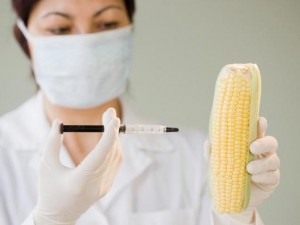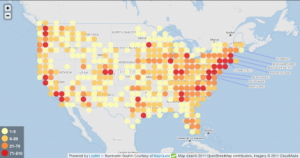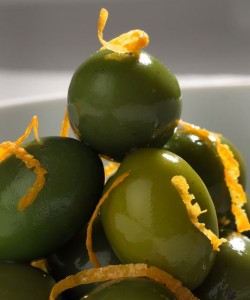How many of you have bras in your drawers that you are itching to toss out? Unfortunately, all of the pieces that make up a bra, such as hooks, underwire, and elastic, will never biodegrade. Wouldn’t it make you feel better to know that your bra was getting a second life instead? Believe it or not, bras are a sought-after item!
Over in Japan, women are encouraged to recycle their brassieres so that they can be converted into fuel. Meanwhile, Oxfam is working hard to upcycle bras in the UK with its Big Bra Hunt campaign.
Here in the U.S. of A, we have an Arizona-based organization called The Bra Recyclers. The organization buys and sell recycled bras, which are then redistributed to communities in need around the world. There are drop-off sites around the country through the Bra Recycling Ambassador program, or you can ship your donation directly to the organization.
Continue reading... →








